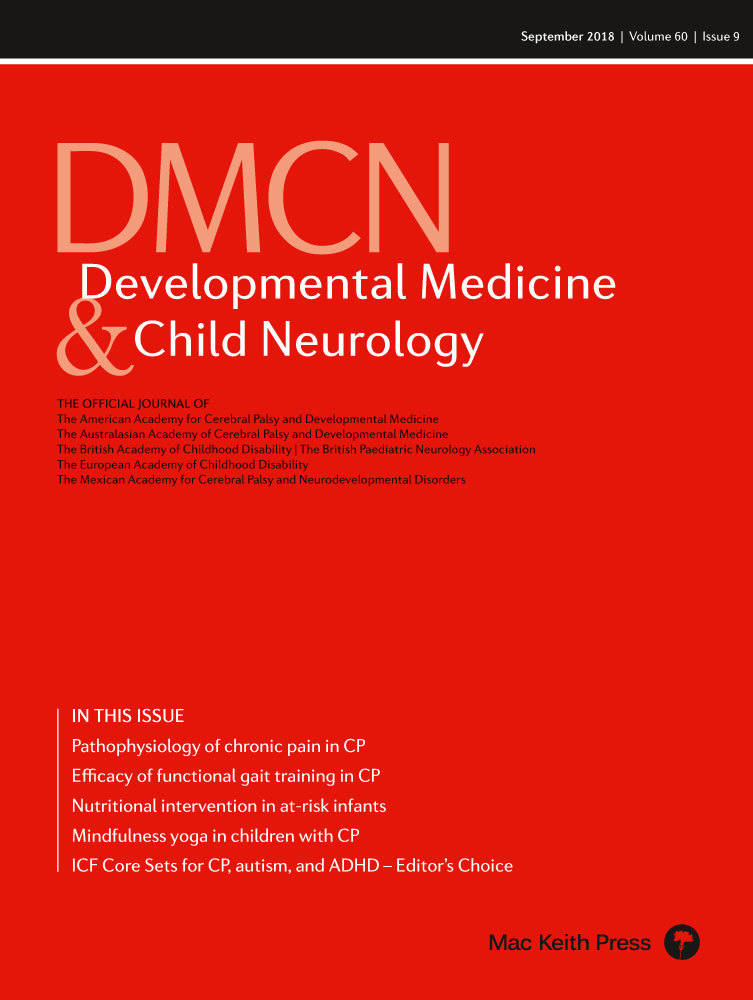International Classification of Functioning, Disability and Health Core Sets: moving forward
Abstract
This commentary is on the original article by Schiariti et al. on pages 933–941 of this issue.
For decades, professionals have been trained to use a process of ‘ruling out’ when assessing similar phenomena and going through the differential diagnosis. Once a diagnosis has been made, it could then be coded within the International Classification of Diseases. With the advent of the International Classification of Functioning, Disability and Health (ICF), came unlimited combinations of items used to describe how a person is functioning (i.e. ‘ruling in’). Which items were the most relevant? How many items are enough? And how many are too many?
One approach to this problem was the development of diagnosis specific Core Sets.1 Currently, about 70 different Core Sets can be found within the ICF (https://www.icf-research-branch.org/download/category/4-icf-core-sets).
The authors of the Core Sets for cerebral palsy, autism spectrum disorder, and attention-deficit–hyperactivity disorder explore how much they overlap or diverge with regards to the chosen items for each set.2 Not surprisingly, the results show both – differences and overlaps. Schiariti et al. conclude that this is an argument for the need of condition-specific ICF Core Sets. This assumption needs to be challenged from two perspectives.
First, the identified differences and overlaps are not necessarily characteristic of the conditions per se, but a reflection of the expert opinion of the specialists that collaborated in developing the Core Sets. Currently, we do not have enough data (description of actual patients) with the existing Core Sets. A recent global survey of the use of the ICF showed that only one in five professionals that adopt the ICF makes use of any of the available Core Sets.3 Therefore, we are not able to affirm that the existing Core Sets are, in fact, a good fit. Even if they are, we need also to ascertain that the Core Sets account for the diversity of individual patients within those diagnostic groups.
Second, the risk of omitting important information for individual patients persists, as they might often present with a combination of issues (diagnoses) that will not be accounted for when using a diagnosis-specific Core Set. This critique had already been expressed at the time of the publication of the Core Set for cerebral palsy.4 A selection bias of professionals in expert groups and lack of patient input in this process might compromise the global validity of the resulting sets. In recent years, some patient representatives have been included in the Delphi process, although it remains questionable how well they are able to represent the diversity of patient needs across different countries and cultures.
How can we move on from here? Existing and future Core Sets might be excellent starting points for the development of interactive and flexible sets of items that can be adapted, mixed, and combined to the needs of individual patients. Such a solution might only be possible with the use of information technology (e.g. http://icfmobile.org). Once they become available, we will be able to describe patients in their singularity, beyond a diagnostic label, by obtaining their input in this process. In current clinical practice, the use of a Core Set might be a good starting point for someone not yet familiar with the ICF. A Core Set reminds the clinician to expand the assessment beyond traditional biomedical aspects of the person and include relevant environmental factors. But, as we strive for the delivery of individualized, ‘tailor-made’ care, we should not attempt to fit all individuals that share the same diagnosis into ready-made solutions (i.e. diagnosis-specific Core Sets) that might prove too restrictive.




